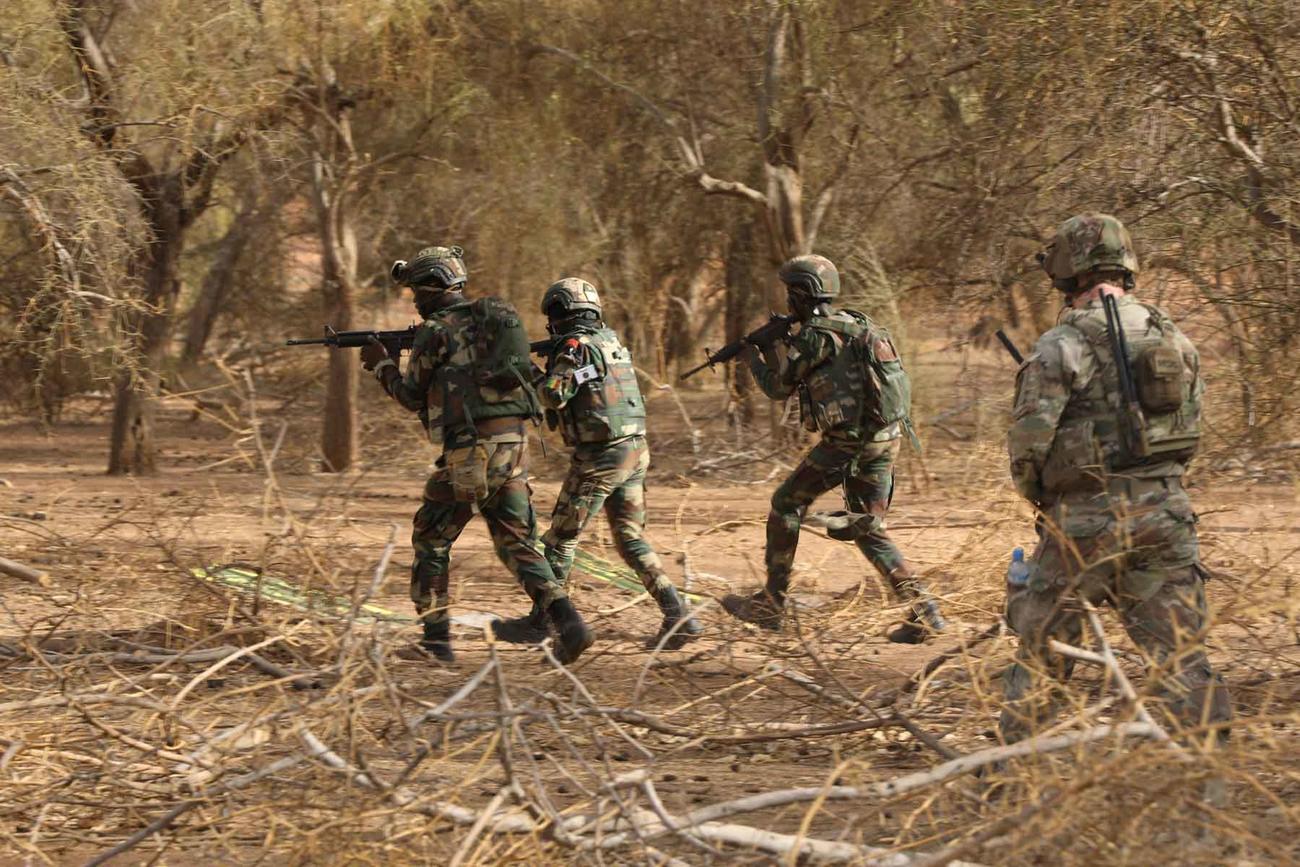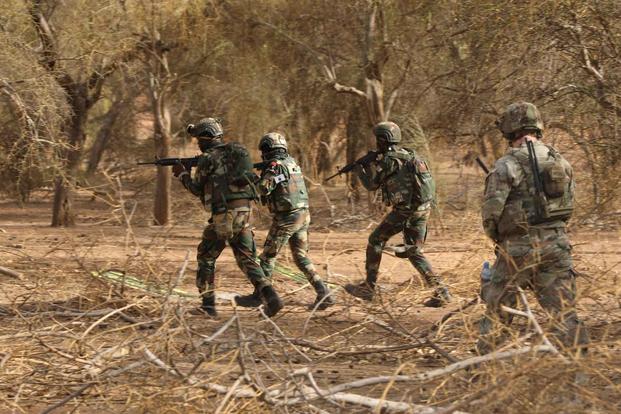

The opinions expressed in this op-ed are those of the author and do not necessarily reflect the views of Military.com or the official position of the Department of the Army or Department of Defense. If you would like to submit your own commentary, please send your article to [email protected] for consideration.
The U.S. Army, like most large organizations, can sometimes get some things wrong. But in this piece, I’d like to highlight two recent initiatives where the Army nailed it: the Advanced Strategic Planning and Policy Program (ASP3) and the Security Force Assistance Brigades (SFABs).
Having had the privilege to take part in both, I can affirm that they both are moving the Army in a positive direction and show how focusing on deliberate, constructive initiatives can continue moving the service forward.
First, ASP3 is a Ph.D.-producing program open to officers upon completion of their key and developmental assignment as a major (with many officers also choosing to apply as lieutenant colonels). Once accepted into ASP3, the officer applies to a Ph.D. program of their choice to focus on a field such as political science, history or security studies, and then works to earn a doctorate. You get only three years of study to complete all requirements, including the dissertation, an aggressive timeline that is notably more stringent than the typical Ph.D. student will experience. But it can — and has — been done successfully by many officers (nearly 90 as of this writing). After earning the doctorate, the officer is then expected to complete a utilization tour that leverages their skills, but will also have the opportunity to command if selected to do so.
Why is ASP3 a good thing? Well, I’d argue it fills a unique and important gap in our service. The Army, and the U.S. military as a whole, faced serious strategic setbacks in places like Iraq and Afghanistan, and a coherent national strategy did not take shape to address those challenges. However, ASP3 builds strategic capacity within the service by developing officers who can better recognize and grapple with such difficulties. Will this guarantee success in the next war? Hardly, because no such guarantee exists. But a growing bench of strategically minded leaders, gradually dispersed among various command and staff positions, should improve the odds that the Army will have people in the right places who are better prepared to deal with tough strategic questions down the road.
SFABs embody a different — but also very constructive and thoughtful — endeavor that is fully underway across the Army. Five active-duty SFABs currently exist, along with one in the National Guard. These specially formed brigades are designed to strengthen allies by advising foreign security forces and building partner capacity over time. Outwardly, each is structured somewhat like a conventional brigade combat team, yet these noncommissioned officer- and officer-centric organizations do not have junior enlisted soldiers. Instead, they consist of leader-heavy SFAB adviser teams that can operate across the spectrum of conflict, from capacity-building efforts over many years to advising and supporting key partners in the advent of a “hot” war, along with other scenarios in between. Ideally, the mere presence of SFAB teams overseas might help reassure partners and deter adversaries, thereby helping to avoid a shooting war in the first place.
The SFAB fills a void in the Army’s force structure that became apparent when brigade combat teams were repeatedly called upon to deploy to places like Afghanistan while leaving about half of their combat power stateside. It also builds on long-standing recommendations for increased advisory capability by avoiding many of the pitfalls of ad hoc advisory elements created on the fly. The SFAB construct provides a tailor-made force that can help advance U.S. interests and values by influencing foreign partners in an enduring way, and at greater scale than was previously possible. Additionally, the alignment of each SFAB brigade with a different geographic combatant command can help build relationships that reap dividends in the years to come.
It is, of course, too early to say whether these endeavors will be unqualified successes, and it is certainly possible one or both could encounter challenges, but many signs are positive.
Although it often seems safe to stick with the status quo, in these two instances, the U.S. Army has commendably decided to take a calculated risk by leading change to address specific gaps and deficiencies. The ability to generate strategically adept leaders and to build partner capacity will almost certainly remain important for the foreseeable future. While large organizations can certainly be prone to making errors, in these two areas, the Army deserves praise, and if it remains committed to both initiatives, they might foster a positive return on investment well into the future.
— Col. Brendan Gallagher is the garrison commander at Fort Bliss, Texas. He earned a Ph.D. at Princeton as a scholar in the ASP3 Program and is the author of the book “The Day After: Why America Wins the War but Loses the Peace” (Cornell University Press).
